You are working in the emergency department one evening when a 30-year-old man arrives via ambulance. On entering the patient's room, you notice swelling and edema of the right hand, as well as a puncture mark on the dorsal aspect of the right index finger. The patient states he was bitten by his pet snake while trying to feed the animal. He shows you a picture of the creature, and you notice it is blue — very blue. The patient calls it an "Indonesian pit viper", a cerulean species you've never heard of but are reasonably certain is not native to the woods near your hospital in Wisconsin. Questions begin to arise.
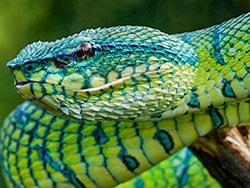
This case involved a pit viper in the Midwest, but it could have been any foreign venomous animal in any US state. Some emergency departments do not have to worry about native snake envenomation, but no place in the country is immune to encountering non-native envenomations.
Exotic venomous animals — such as snakes, spiders, and scorpions — are found throughout the United States in diverse environments, including zoos, aquariums, homes of reptile enthusiasts, laboratories of venom milking industries, and illegal rings trafficking venomous reptiles. Collectively, these creatures are responsible for a consistent supply of exotic envenomation each year. Between 50 and 110 exotic snake bites have been reported to US poison centers each year from 2012 to 2022.
Returning to our reptile hobbyist who was envenomated by his pet Trimeresurus insularis: What treatment does he need? All envenomations can benefit from wound cleaning, demarcation of the area of injury for monitoring, and tetanus vaccination. Beyond this, the course of treatment is highly dependent on the snake.
T insularis is a pit viper whose venom carries hemotoxic and tissue destructive effects similar to those of US pit vipers (eg, rattlesnakes). Venoms of other exotic snakes may be hemotoxic, neurotoxic, or, like that of the Mojave rattlesnake of the US Southwest, a combination of both. You should not try to figure this out on your own. Your next step — or you first step after learning the snake is not from this country — should be to call a US poison center (1-800-222-1222) and get toxicologist consultation.
The emergency department reached out to the local poison center, which is how my group became involved. The medical toxicology team that consults for the poison center was called in to help. Information on the venom toxicity and monitoring parameters were provided while a treatment plan was determined.
As with many exotic reptile bites, no management guidelines exist and we could find no published cases of human T insularis envenomation to guide therapy. It was determined that the hospital's supply of US crotalid antivenom would probably be ineffective on the basis of in vitro data. Antivenom from the Thai green pit viper, created from the venom of the closely related Trimeresurus albolabris, was chosen as the most effective substitute.
Now, let's say you happen to be a world expert in snake envenomation and know that green pit viper antivenom is what this patient needs. How do you locate it? This should be no surprise: The answer again is "call a poison center."
Poison centers have access to a database called the Antivenom Index, a database and map created by the Association of Zoos and Aquariums and the America's Poison Centers (formerly called American Association of Poison Control Centers) and maintained by the University of Arizona College of Pharmacy. Because exotic antivenoms are not US Food and Drug Administration–approved drugs, hospitals do not stock these compounds. Nor can they be ordered from drug distributors because the process of importing them is complex, requiring things like a biologic Investigational New Drug application.
Fortunately, many facilities housing venomous animals have already imported antivenom in case of envenomation. These zoos, aquariums, and other facilities can then upload their inventory into the Antivenom Index.
We searched the index for potential donors of Thai green pit viper antivenom. A team of toxicologists, poison control staff, and medical learners then took to the phones, calling zoos across the nation to see if they could help this patient. Eventually, an out-of-state zoo located approximately 6 hours away by car agreed to donate 20 vials of Thai green pit viper antivenom.
Now we knew what we needed, and where to get it. But how could we get the product to the patient? Toxicologists can identify appropriate antivenom and poison centers can track it down, but rarely can they deliver the compound, although at times they are involved in leveraging law enforcement to transport time-sensitive antivenoms. As a result, the responsibility of antivenom acquisition usually lies with the hospital.
We were left with two options. The first was to connect the zoo with the patient's hospital and hope the facility was willing to obtain the antivenom despite intimidating regulations. The requirements state you need emergent approval from an investigational review board [IRB]), and to someone new to the process — which is pretty much everyone — they appear to tell the hospital it must get a biologic Investigational New Drug application, when in reality that was already completed by the facility providing the antivenom. The second was to transfer the patient to one of our other facilities that is affiliated with a poison center and that had medical toxicologists both onsite for bedside consultation and in the department of hospital pharmacy. We chose option 2.
Having medical toxicology staff who also were hospital pharmacy staff, and were at the poison center when the call came in, helped expedite acquisition of the medication. The pharmacy department accepted the cost of transport and arranged a courier to transport the antivenom from the zoo to the hospital.
(Zoos cannot sell the investigational antivenom they have imported. They instead give it away without guaranteed repayment. Every effort should be made to reimburse them so they can replenish stock and maintain a safe work environment.)
The patient transferred to our hospital and was met at bedside by the medical toxicology team, and 20 vials of antivenom arrived shortly after. He received treatment and had improved pain and swelling, and no persistent effects nearly 2 years later.
Each envenomation presents challenges involving lack of consensus on treatment, lack of routinely available antivenom, regulatory hurdles, and hospital concerns. In this case, the poison center and toxicology team were critical in identifying and locating antivenom. The preexisting relationships between the toxicology team and the department of pharmacy were crucial in expediting drug obtainment.
Hospitals likely to treat this condition — those near zoos or venom milking facilities — should work preemptively to establishing policies for use of expired antivenoms and workflows for emergent IRB approval. They should also work to develop relationships with relevant stakeholders, particularly nearby venom lending facilities and poison centers, to streamline drug location and acquisition during this high-complexity, high-stakes clinical event. Poison centers are available 24 hours a day, 7 days a week, at 1-800-222-1222 to provide expert medical consultation in case you ever come across a bite from a bright blue snake.

.webp) 2 weeks ago
5
2 weeks ago
5

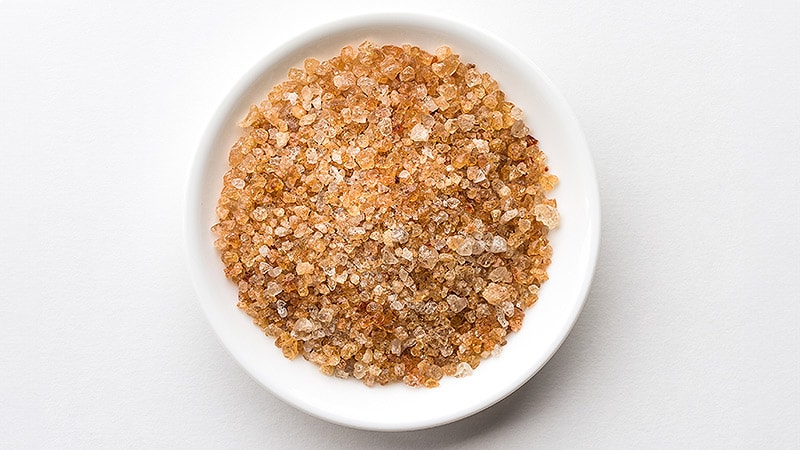





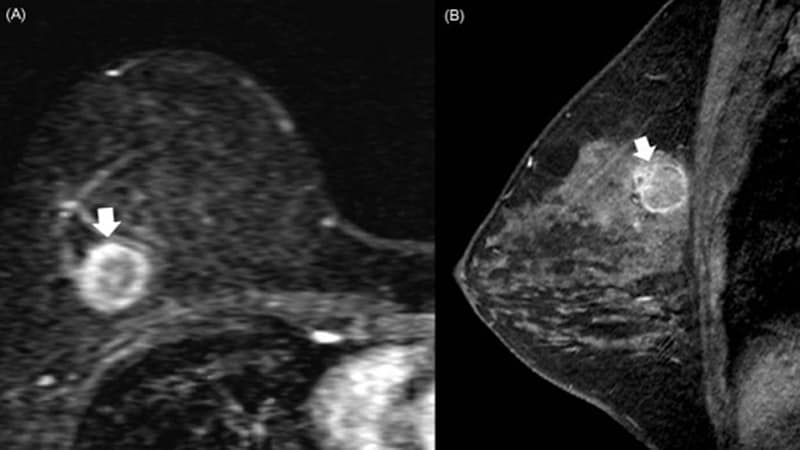

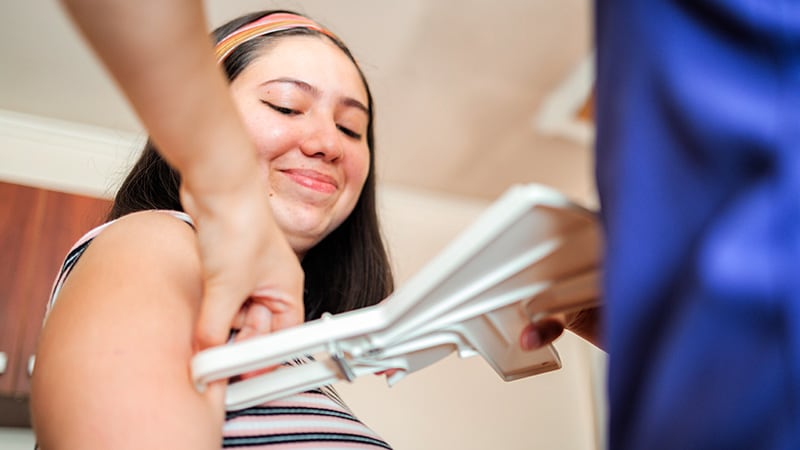
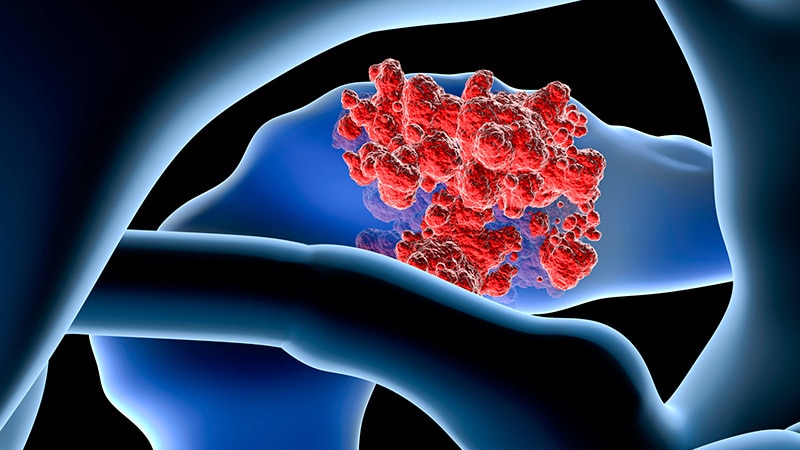













 English (US)
English (US)